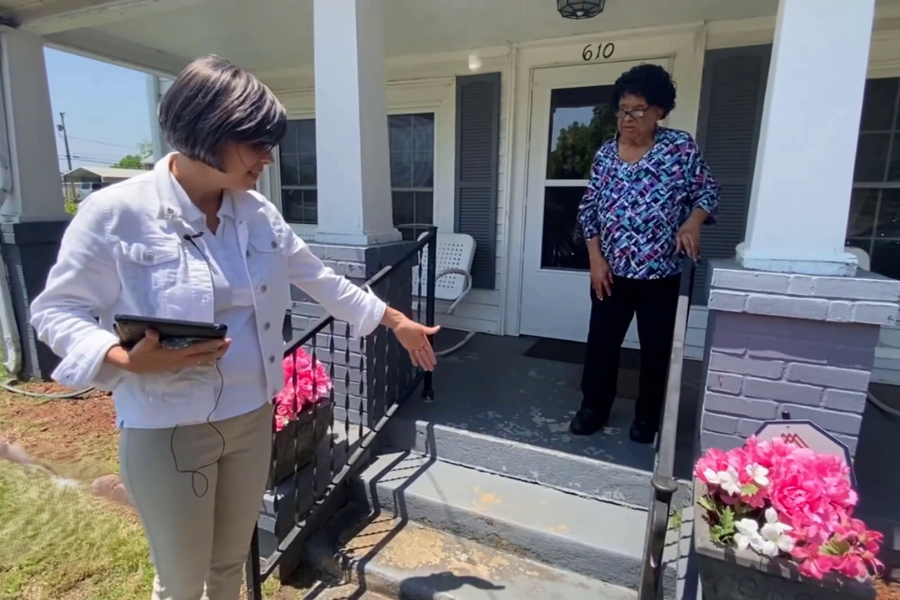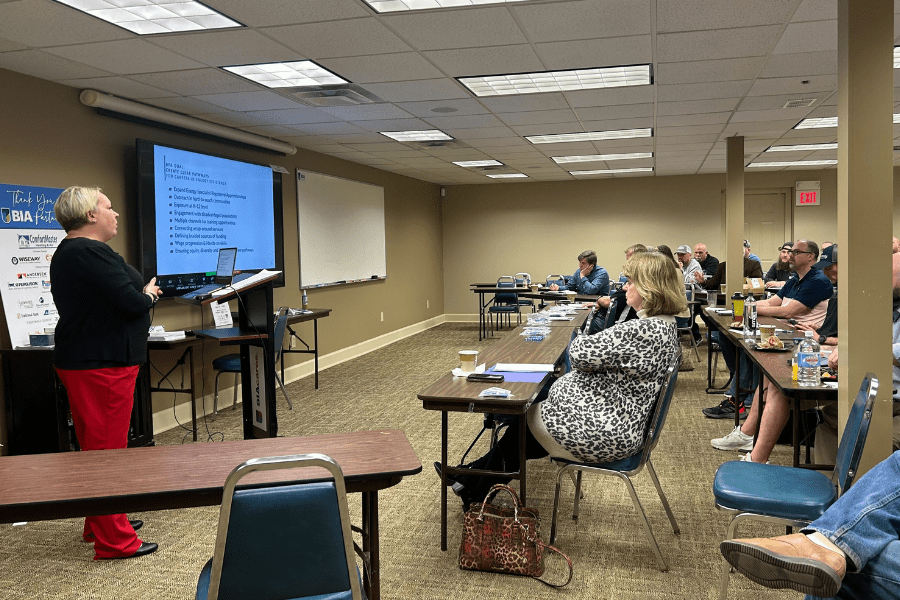Aug 21, 2024
Celebrating Women in Weatherization: Jennifer Mares
"Weatherization is my dream career! Advantages include using my engineering design and construction education to educate homeowners, individuals, and residents about energy efficiency and indoor air quality."
Jennifer Mares – Compliance Officer/WAP QCI Inspector, Dept. of Housing & Community Development, Virginia
How did you first get interested in and involved in Weatherization?

I got interested in weatherization during ARRA Training in California
Tell us about your current and past roles in the WAP.
Currently, my work as a QCI in the Energy Efficiency Office is very exciting! Prior to the BIL and WRF, the Commonwealth of Virginia had access to Weatherization Deferral Repair Program funding, aka WDR program. Approving the scope of work, providing training to contractors, and inspecting the repairs, as well as approving final invoices, has allowed deserving residents of the Commonwealth to access WAP Energy Saving/Conservation and Health & Safety Measures, which were previously deferred from the WAP, the largest energy efficiency program in the United States.
What is it like being a woman in weatherization? Are there advantages? Challenges?
Since 2009, it’s been very rewarding because Weatherization is my dream career! Advantages include using my engineering design and construction education to educate homeowners, individuals, and residents about energy efficiency and indoor air quality. The emotional paycheck happens daily because of the benefits of WAP! Challenges include a lack of women mentors and encouragement to move into leadership positions.
Why do you work in weatherization? What about your job makes you excited to go to work in the morning?
The emotional paycheck and teaching others about energy efficiency, comfort, and health & safety measures.
Do you have advice for other women interested in joining the Weatherization field?
Maintain a thick skin and a great smile as you navigate the highs and lows of administering and implementing WAP.
This article originally appeared in the NASCSP blog and is republished with permission.





